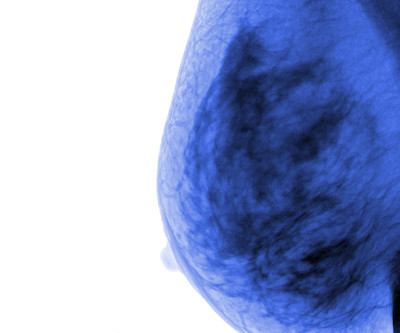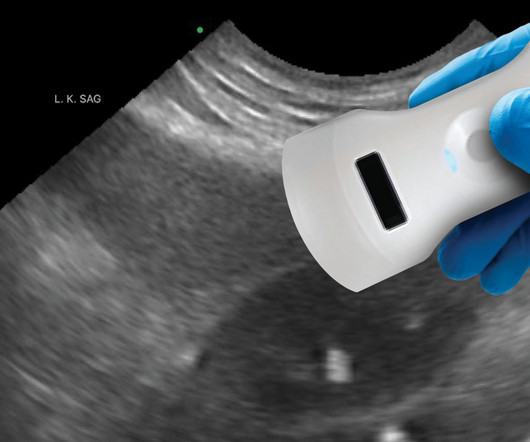Breast imaging features tied to pathological findings in young women
AuntMinnie
JANUARY 29, 2024
Imaging features are tied to pathological findings in breast cancer among young women, a study published January 26 in Clinical Imaging found. Additionally, hypoechoic mass and posterior shadowing are the most common findings in breast ultrasound upon diagnosis. and 79.2%, respectively, upon diagnosis.












Let's personalize your content